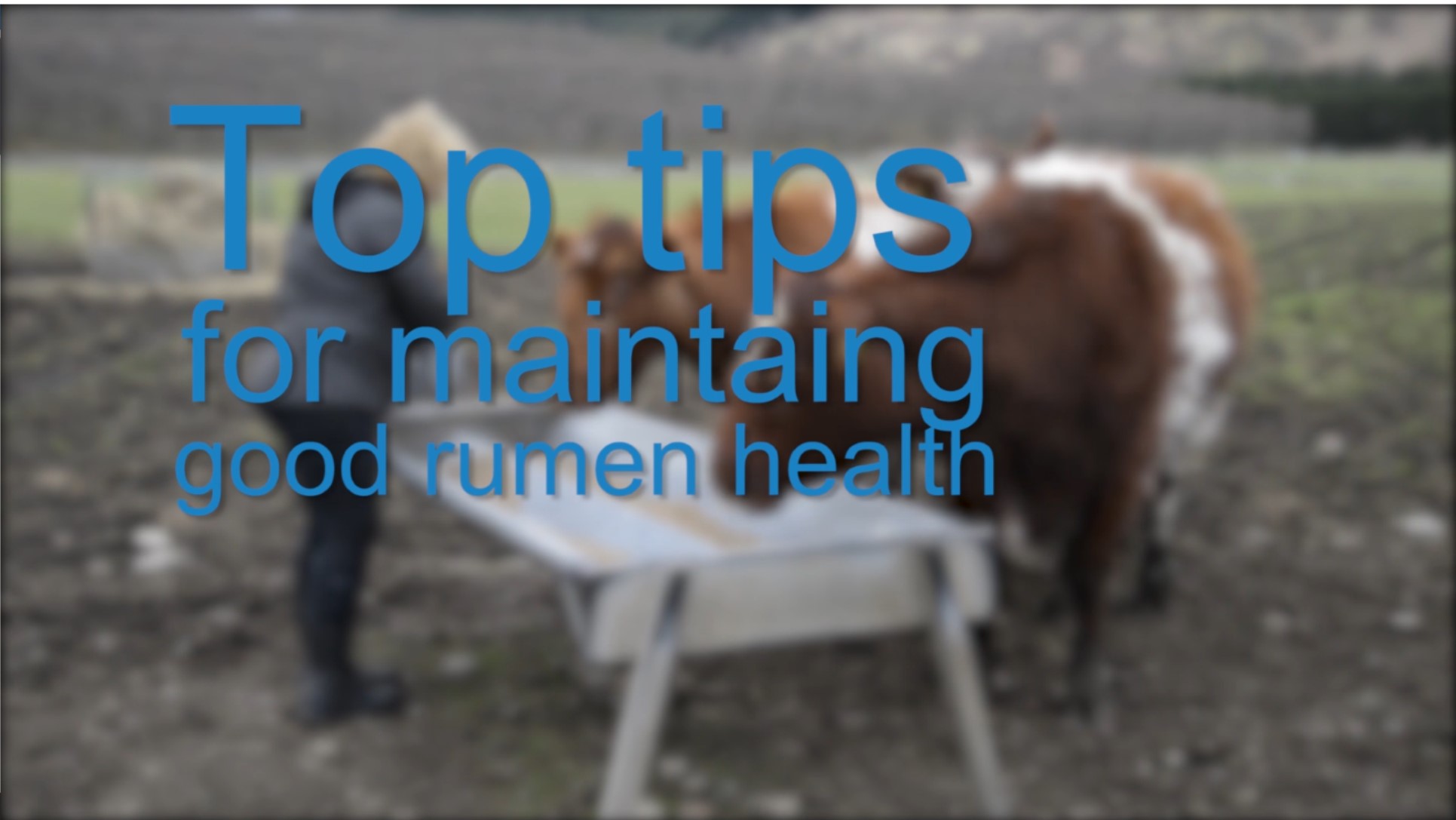A guide to the rumen
If you're looking to keep cows and sheep, you will have heard about the rumen - but what is it? In this video guide, we take you through, what a rumen is, how it functions, and most importantly, how to support it to get the best from your livestock.
Over the course of five videos, Poppy Frater (SAC Consulting - Sheep and Grassland Specialist) and Mary Young (SAC Consulting - Livestock Nutritionist) take you through how a rumen functions, feed label terminology, the importance of protein, comparing feed types, and top tips for good rumen health.
If you've got any questions about rumen function that we haven't answered, give our advice line a call on 0300 323 0161 or email advice@fas.scot.

Rumen function - what is it and how can I support it?
Feed labels explained
The importance of protein
Comparing feed types
Top tips for maintaining good rumen health
Sign up to the FAS newsletter
Receive updates on news, events and publications from Scotland’s Farm Advisory Service
